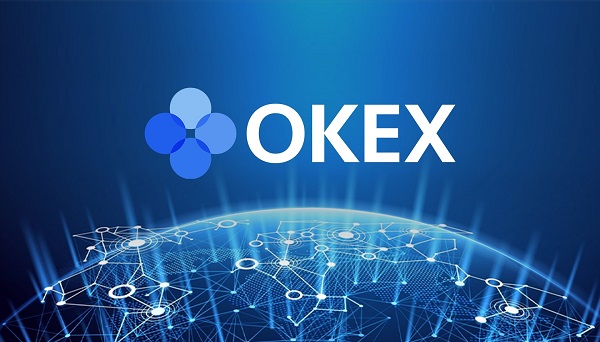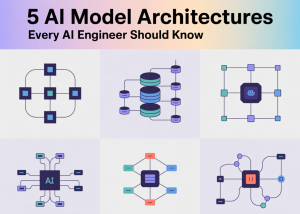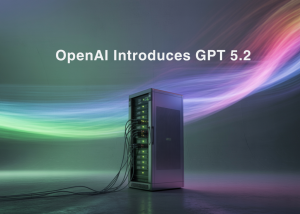Here’s how to try Meta’s new Llama 3.2 with vision for free

Join our daily and weekly newsletters for the latest updates and exclusive content on industry-leading AI coverage. Learn More
Together AI has made a splash in the AI world by offering developers free access to Meta’s powerful new Llama 3.2 Vision model via Hugging Face.
The model, known as Llama-3.2-11B-Vision-Instruct, allows users to upload images and interact with AI that can analyze and describe visual content.
For developers, this is a chance to experiment with cutting-edge multimodal AI without incurring the significant costs usually associated with models of this scale. All you need is an API key from Together AI, and you can get started today.
This launch underscores Meta’s ambitious vision for the future of artificial intelligence, which increasingly relies on models that can process both text and images—a capability known as multimodal AI.
With Llama 3.2, Meta is expanding the boundaries of what AI can do, while Together AI is playing a crucial role by making these advanced capabilities accessible to a broader developer community through a free, easy-to-use demo.
Meta’s Llama models have been at the forefront of open-source AI development since the first version was unveiled in early 2023, challenging proprietary leaders like OpenAI’s GPT models.
Llama 3.2, launched at Meta’s Connect 2024 event this week, takes this even further by integrating vision capabilities, allowing the model to process and understand images in addition to text.
This opens the door to a broader range of applications, from sophisticated image-based search engines to AI-powered UI design assistants.
The launch of the free Llama 3.2 Vision demo on Hugging Face makes these advanced capabilities more accessible than ever.
Developers, researchers, and startups can now test the model’s multimodal capabilities by simply uploading an image and interacting with the AI in real time.
The demo, available here, is powered by Together AI’s API infrastructure, which has been optimized for speed and cost-efficiency.
From code to reality: A step-by-step guide to harnessing Llama 3.2
Trying the model is as simple as obtaining a free API key from Together AI.
Developers can sign up for an account on Together AI’s platform, which includes $5 in free credits to get started. Once the key is set up, users can input it into the Hugging Face interface and begin uploading images to chat with the model.
The setup process takes mere minutes, and the demo provides an immediate look at how far AI has come in generating human-like responses to visual inputs.
For example, users can upload a screenshot of a website or a photo of a product, and the model will generate detailed descriptions or answer questions about the image’s content.
For enterprises, this opens the door to faster prototyping and development of multimodal applications. Retailers could use Llama 3.2 to power visual search features, while media companies might leverage the model to automate image captioning for articles and archives.
Llama 3.2 is part of Meta’s broader push into edge AI, where smaller, more efficient models can run on mobile and edge devices without relying on cloud infrastructure.
While the 11B Vision model is now available for free testing, Meta has also introduced lightweight versions with as few as 1 billion parameters, designed specifically for on-device use.
These models, which can run on mobile processors from Qualcomm and MediaTek, promise to bring AI-powered capabilities to a much wider range of devices.
In an era where data privacy is paramount, edge AI has the potential to offer more secure solutions by processing data locally on devices rather than in the cloud.
This can be crucial for industries like healthcare and finance, where sensitive data must remain protected. Meta’s focus on making these models modifiable and open-source also means that businesses can fine-tune them for specific tasks without sacrificing performance.
Meta’s commitment to openness with the Llama models has been a bold counterpoint to the trend of closed, proprietary AI systems.
With Llama 3.2, Meta is doubling down on the belief that open models can drive innovation faster by enabling a much larger community of developers to experiment and contribute.
In a statement at the Connect 2024 event, Meta CEO Mark Zuckerberg noted that Llama 3.2 represents a “10x growth” in the model’s capabilities since its previous version, and it’s poised to lead the industry in both performance and accessibility.
Together AI’s role in this ecosystem is equally noteworthy. By offering free access to the Llama 3.2 Vision model, the company is positioning itself as a critical partner for developers and enterprises looking to integrate AI into their products.
Together AI CEO Vipul Ved Prakash emphasized that their infrastructure is designed to make it easy for businesses of all sizes to deploy these models in production environments, whether in the cloud or on-prem.
The future of AI: Open access and its implications
While Llama 3.2 is available for free on Hugging Face, Meta and Together AI are clearly eyeing enterprise adoption.
The free tier is just the beginning—developers who want to scale their applications will likely need to move to paid plans as their usage increases. For now, however, the free demo offers a low-risk way to explore the cutting edge of AI, and for many, that’s a game-changer.
As the AI landscape continues to evolve, the line between open-source and proprietary models is becoming increasingly blurred.
For businesses, the key takeaway is that open models like Llama 3.2 are no longer just research projects—they’re ready for real-world use. And with partners like Together AI making access easier than ever, the barrier to entry has never been lower.
Want to try it yourself? Head over to Together AI’s Hugging Face demo to upload your first image and see what Llama 3.2 can do.











